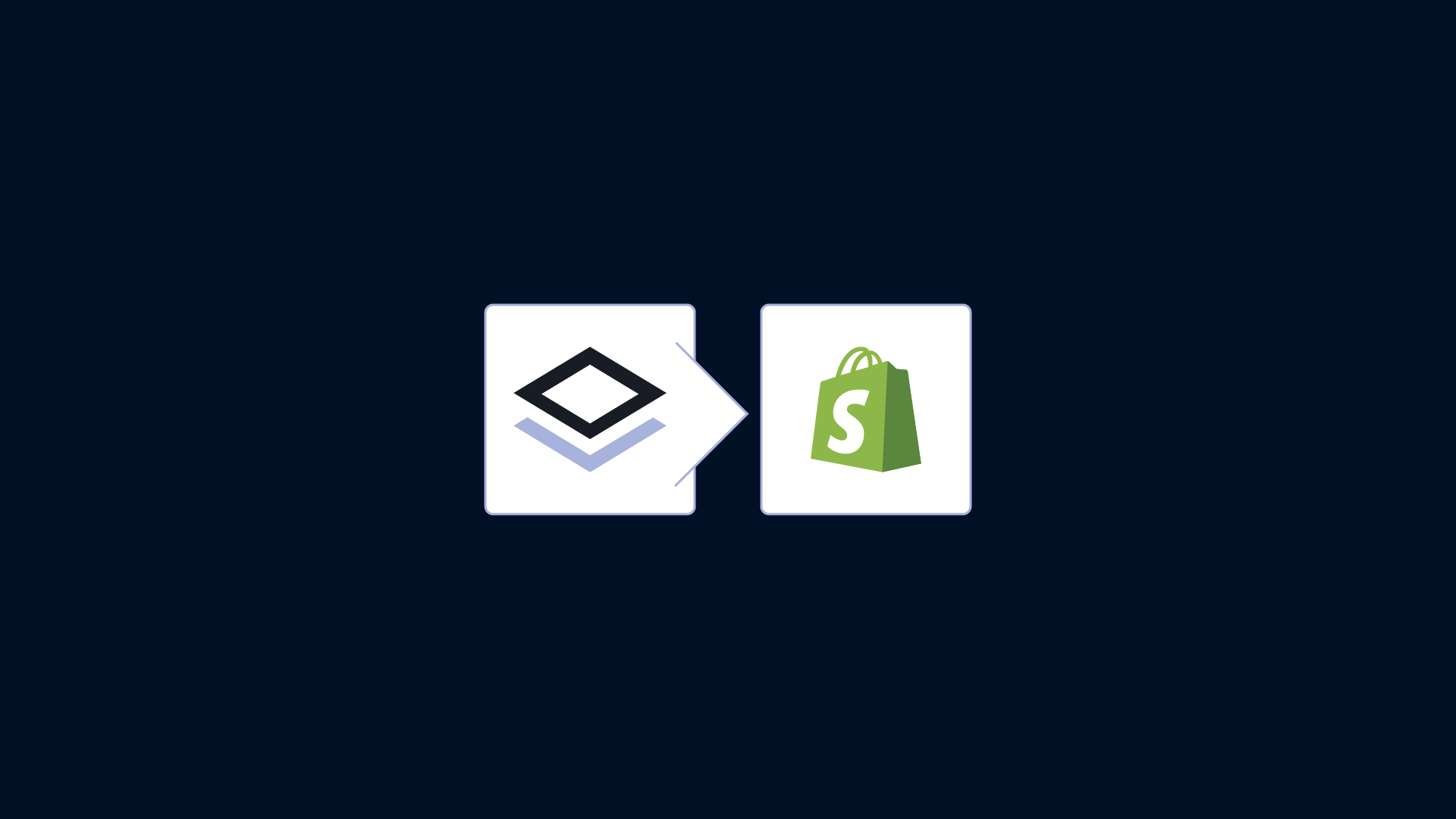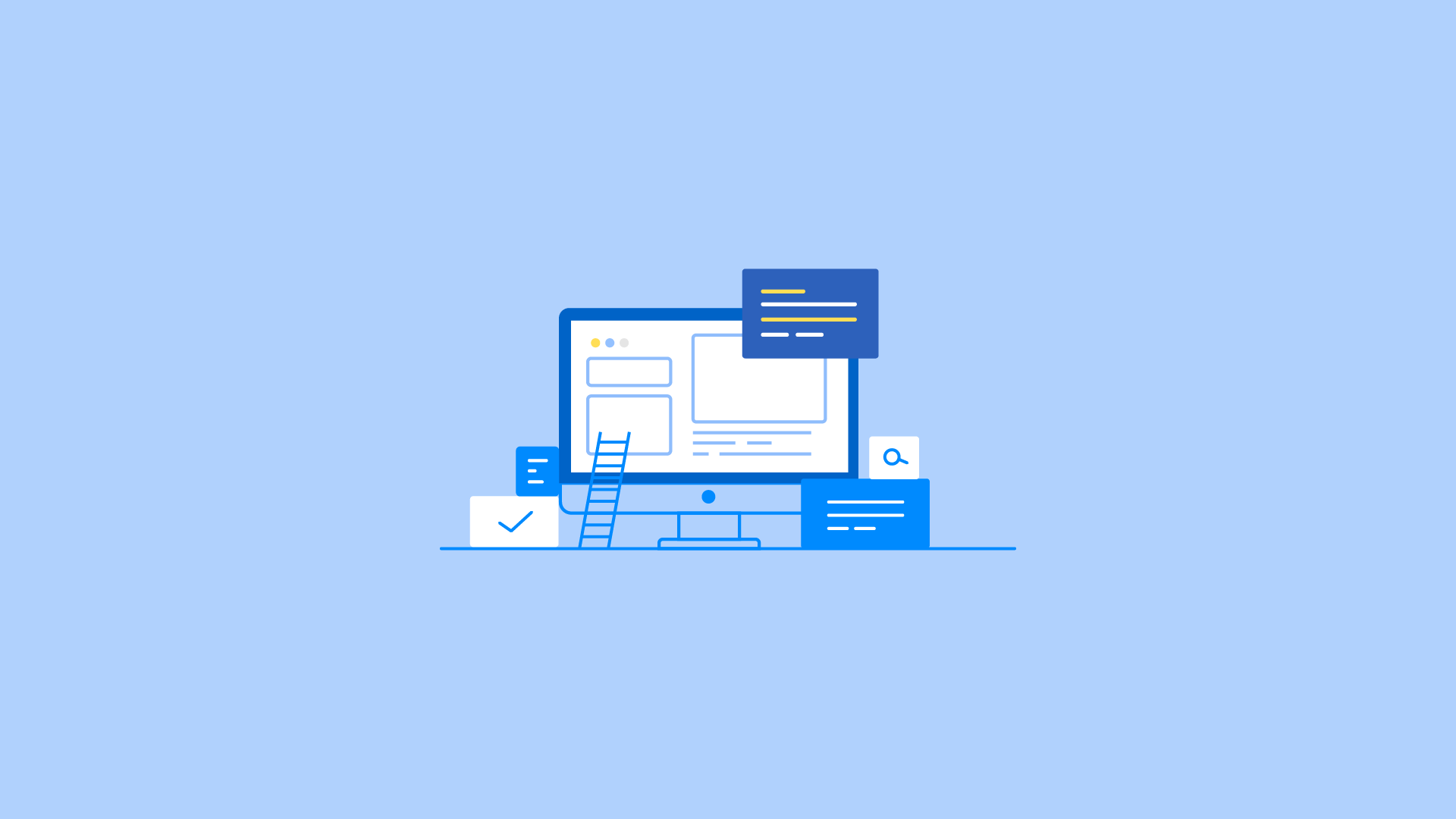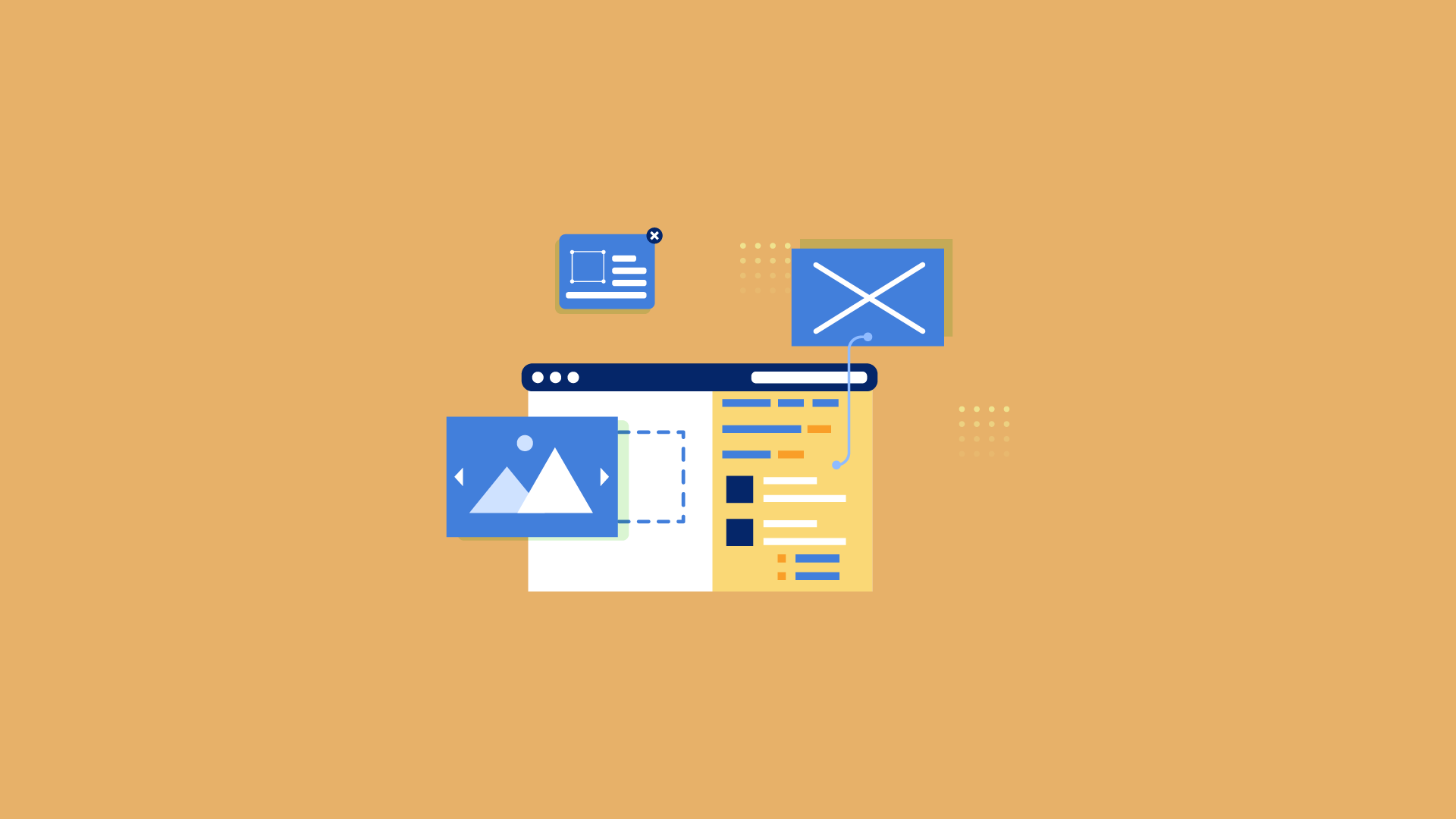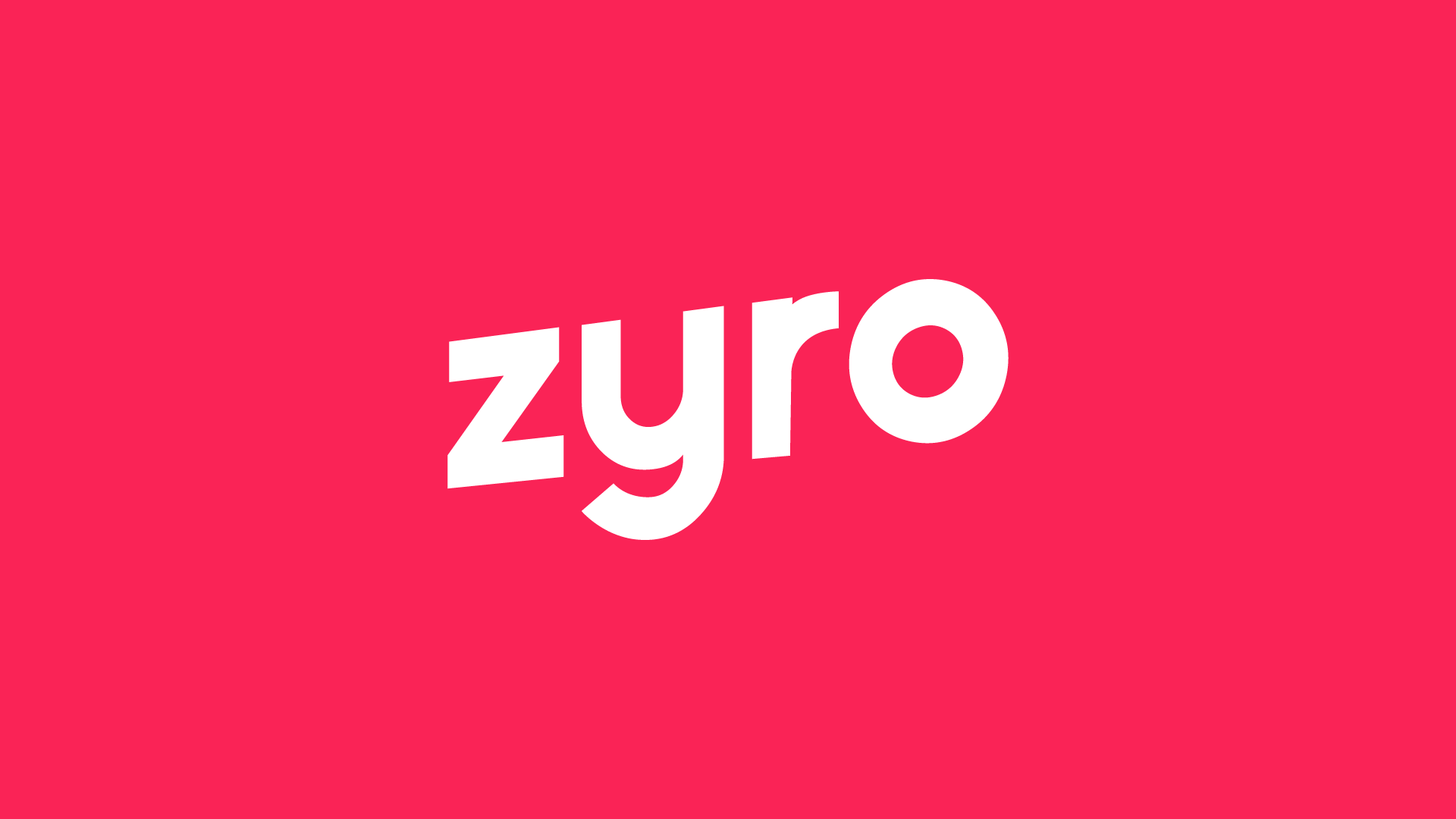|
Getting your Trinity Audio player ready...
|
Before choosing a website builder, it pays to think about what features you want in your site. Do you want a shopping cart or do you just want a blog? Are you looking for something simple or are you looking for something complex?
Are you looking for a new website builder? There are hundreds of options out there, from free platforms to paid ones. How do you choose between them?
There are several types of website builders. Some offer drag & drop functionality, some require coding skills, and others allow you to create custom websites without writing code.
Choosing the right website builder depends on your budget, time frame, and skill level. If you want to build a simple site, then a free option might be enough. On the other hand, if you want to build a complex ecommerce store or a blog, then you’ll probably need something more robust.
To make things easier, we’ve put together seven steps you should follow to help you choose the best website builder for your needs.
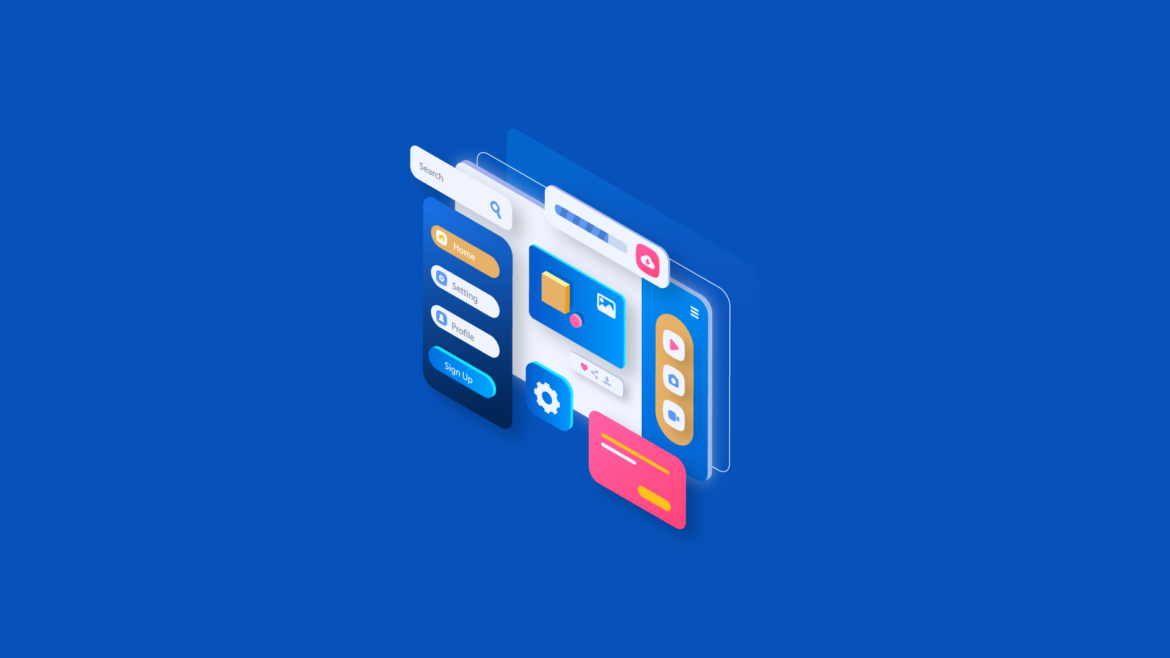
7 Tips for Choosing the Best Website Builder for your Business
Here are 7 tips you can follow when choosing a website builder for your business:
- Decide on your Budget
- Consider what features you need on your site
- Compare themes and templates
- Consider the ease of use
- Look at SEO Capabilities and Features
- Consider how good their support is
- Do some research on the Website Builder’s Reputation.
1. Determine Your Budget
You’ve got a lot riding on your website. You’re hoping it helps grow your business, but you don’t want to spend too much either. When deciding how much to spend on your site, start by determining how much you can afford. There are many ways to do this, including finding a website builder that offers a free trial. Some website builders even allow you to build multiple sites for free.
If you decide to go with a paid option, you’ll want to consider other costs associated with building a website. For example, you’ll likely need to pay for domain registration and hosting – both of which cost about $10 per month. In addition to those fees, you might also need to purchase stock photos, graphics, and other assets. All told, you could end up spending anywhere from $25 to $100 per month on the basics.
Once you know roughly how much you can afford to spend on your website, you’ll need to determine whether you need something basic or something more robust. A simple website builder won’t give you everything you need. You’ll probably need to choose one that provides email marketing tools, analytics, security, etc.
For example, WordPress.com offers unlimited storage space and allows you to customize your site with an option of free or paid themes and plugins. But it doesn’t include an ecommerce feature, which makes selling products online difficult. On the flip side, Squarespace offers a variety of templates, plus a shopping cart, analytics, and more. However, it does limit the amount of storage space you can use.
To find a website builder that meets your needs, check out our guide to the best website builders.
2. Consider what features you need on your site
Before you can decide on the right website builder platform, you must understand what you want your website and blog to be and do. You should think about what type of site you’re building – one that looks professional, one that helps grow sales, etc. – and how it fits into your overall marketing strategy.
This will help you determine whether you need to hire someone else to build your site or if you can handle it yourself. Some platforms offer easy-to-use tools that make it possible to build a basic site without needing to write code. Others require a lot of technical knowledge that could potentially put off beginners.
You might already have a vision of what your site will look like, but it’s important to think about your goals when choosing a tool. For example, if you plan to sell products online, you may need something that allows you to add product information and images easily. If you plan to attract visitors via social media, you may want to use a platform that makes it simple to post relevant content.
If you’re brand new to web development or design, it might make sense to start off with a simpler solution such as Zyro, Weebly, Squarespace, etc. These platforms offer lots of pre-built themes, making it quick and easy to set up a basic website.
If you’re planning to learn web development while building your site, you’ll probably need a platform that lets you customize everything. And if you’re looking to start a blog to gain traffic and increase brand awareness, you’ll likely want a tool that makes it easy to publish posts.
3. Compare themes and templates
When you use a website builder such as WordPress, Joomla!, Drupal, Wix, Weebly, Squarespace, etc., your design process starts with choosing a theme.
You select one of the available templates and it becomes the template that you customize to turn it in to your unique website. You don’t want to spend money on a website builder only to discover that there aren’t many themes that are good fits for what you have in your head.
Make sure the website builder you’re considering offers a large number of themes that you can start out with. Everything else will be much easier once you’ve chosen a great starting point.
Website builders are great because they allow you to build your own custom site without having to learn how to code HTML or CSS. Depending on what you want to build, whether an online store or or just a basic website.
If you’re looking for a free website builder, you might find yourself scrolling through dozens of templates before finding something that looks promising. There are even some paid website builders out there that come with hundreds of themes.
If you’re thinking about building your own website, you’ll probably want to start with a theme that offers plenty of features. A lot of people think that they have to spend thousands of dollars to buy a premium WordPress theme, but many of those themes are actually quite affordable.
You can save money by buying a prebuilt website rather than designing everything from scratch. However, make sure that the theme you pick includes all the necessary functionality you need. Otherwise, you could end up wasting a ton of time trying to figure things out.
4. See How Easy It Is to Use
A good website builder should be simple to use and understand. You don’t want to spend hours trying to figure out how to do something basic like adding a contact form. You also want to make sure you’re getting what you pay for. There are tons of free website builders out there, but some of them aren’t worth it. If you find yourself spending too much time figuring things out, it might be better to just hire someone else to build your site.
You can see what people think about a particular website builder by reading their reviews online. This gives you a chance to compare different website builders side by side and decide which one works best for you. Some people love the simplicity of Squarespace while others prefer Wix because it’s easier to customize. You’ll know exactly what to look for when searching for a website builder.
As mentioned above, many website builders offer free trials. However, you shouldn’t buy anything without checking out the reputation of the website building review sites. These sites give you insight into whether or not a certain website builder is trustworthy. They often provide detailed reviews of each website builder. Read up on the pros and cons of each one to help you pick the right one for your needs.
Website builders are getting better every day. They’re becoming easier to set up and maintain, and they’re offering more features. But how do you know which one to choose? We’ve put together a list of the best free website builders, including some paid options, to help you decide what works best for you.
5. Look at SEO Capabilities and Features
After you’ve built your site, you want people to visit it, right? For that, you need to implement SEO best practices as you design your website. A good web design tool should include features that help you optimize your site for search engines.
The best way to make sure your site ranks well in search engines is to use features that allow search bots to crawl your site easily.
Here are some things you should look out for when choosing a website builder:
- Sitemaps – This feature tells the search bot where each page of your site is located. When it indexes your site, it will know where to go next.
- Robots.txt – This file lets you control how much of your site is crawled. You can tell the robot what files to index, and what not to index.
- Meta Tags – These tags let the search bot know what type of webpages you want indexed. For example, if you want your blog posts to show up in searches, you can add the keyword tag to the head section of the HTML code.
- URL Parameters – If you have multiple versions of a webpage, like mobile vs desktop, you can include parameters in the URL to indicate which version you want searched.
- Content Rich Titles & Descriptions – Your title and description should contain keywords related to your product/service. Search engines reward sites with good content, so make sure yours does too.
- Webmaster Tools – Use this tool to check your rankings and see how many people are searching for your products/services. This will give you insight into how popular your site is.
6. Check Out the Resources and Support.
The most important thing to look for in a website builder is support. Do they have forums where people ask questions about using the software?
Are there videos and articles explaining how everything works? Can you find helpful documentation anywhere on the web, or do you have to download it yourself? Does the website builder have a live chat option? These are all things you should know ahead of time.
And finally, make sure that the website builder you decide on has resources that will help teach you how to use all the features. Tutorials and step-by-step guides are always useful, but if you prefer watching someone else do it, YouTube videos are great too.
Look for tutorials that explain how to use every aspect of the tool, including drag-and-drop interface elements, customization, customizing templates, and even creating graphics.
You’ll also want to consider how much support you’d like to receive while building your site. If you’re just getting started, you might prefer to do everything yourself.
However, if you’re not already familiar with coding and web design, you might want some assistance along the way. A few sites offer free consultations to walk you through the process.
7. Research the Company’s Reputation and Customer Service.
The best way to find out about a company’s reputation is to ask customers directly. If possible, look up reviews online and contact those companies whose products and services you are interested in. You might even want to try contacting a few different companies to see what sort of response you receive. This gives you a good idea of how responsive the company is likely to be.
If you’re looking for a website builder, make sure you choose one that offers great customer service. Look into the company’s history and track record. Find out whether or not they’ve been around for long enough to know what they’re doing.
You want to find out whether they have a good reputation for delivering what they promise in terms of features and great customer service. You’ll also want to know if they offer ongoing training opportunities and if they’ve been around long enough to establish themselves as reliable partners.
You don’t necessarily need to sign up for a free trial period to learn more about a potential partner. However, it does give you the chance to ask questions in person and see if the people behind the brand are friendly and easy to talk with. So to do this use features like chat to speak to a sales agent ask them a few questions and see how well they respond to you.
In Summary: Choosing a Website Builder for your Business
If you’re starting out with a blank canvas, there are some things you can do to make sure you don’t end up with a big mess later on down the road.
• Don’t rush into choosing a website builder without knowing what you want to build.
• If you already have ideas for how you’d like your site to look, think about those before you begin building.
• Use a template to save yourself some time and avoid making design mistakes.
• Make sure you understand how to use your chosen tool.
• Check out our list of the Best Free Web Design Tools.
If you’re looking for a web design tool, there are plenty out there. But what if you don’t want to spend money on one? What if you just want something simple, easy to use, and cheap? Well, good news—there are options.
The Bottom Line
Choosing a website builder isn’t always easy. There are so many choices available that it can be hard to decide which one will work best for you. But by following these tips, you should be able to narrow down your search and choose a tool that fits your needs perfectly.


